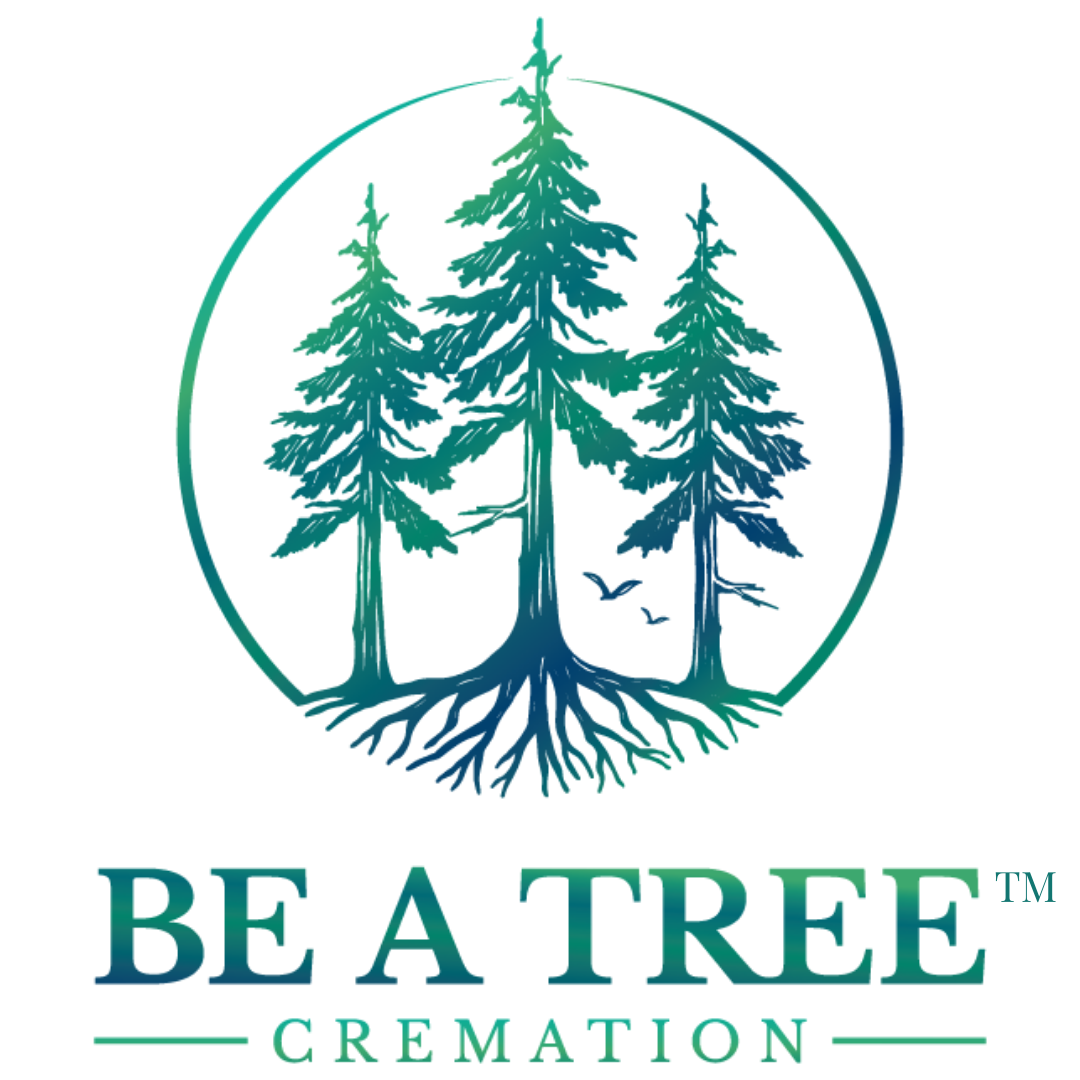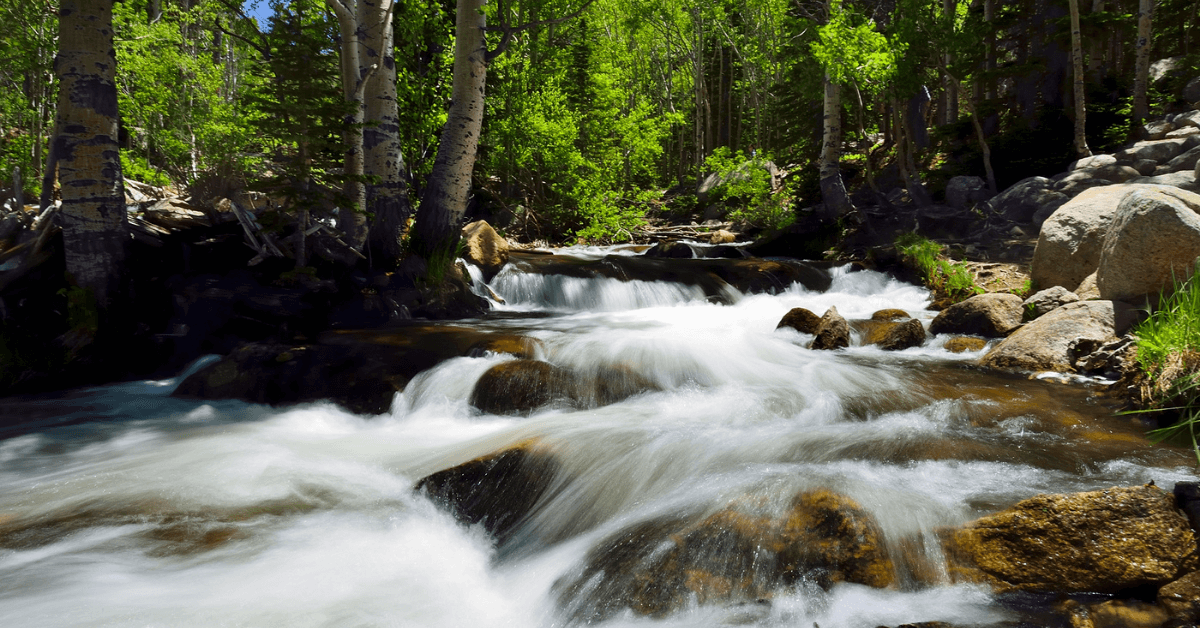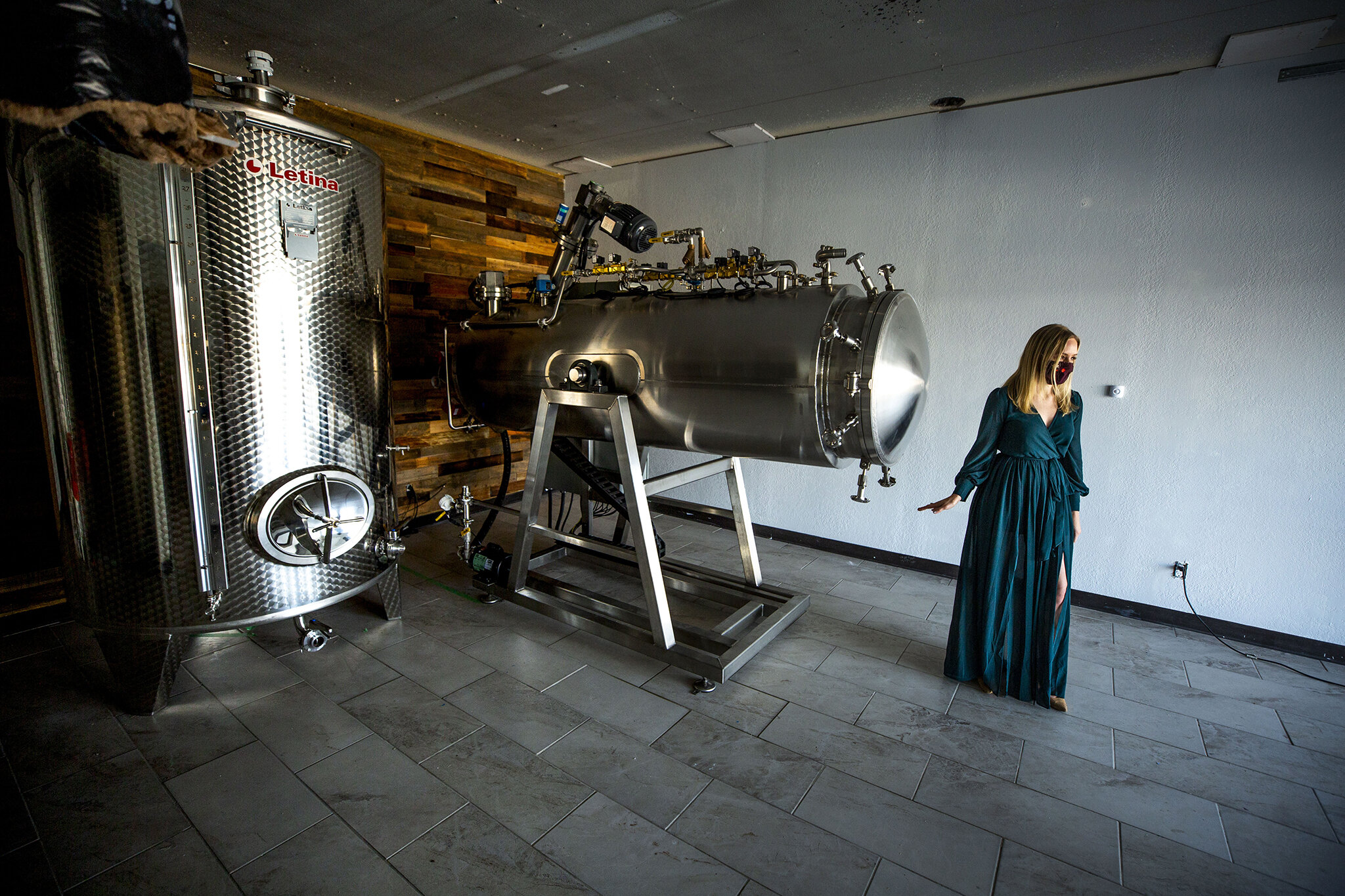5 Reasons to Be Cremated by Water Instead of Fire
You’ll be surprised to find out how water cremation is better for the environment and can be more meaningful for families.
The practicality of what will happen to our bodies after we die is not something we like to think about. We tuck that thought away in the back of our minds along with embarrassing moments, former addresses, and other memories that don’t serve us in the day-to-day hustle and bustle.
When the time does come, most people have not planned for it, so family members usually opt for cremation, a seemingly normal and simple way to handle death, and proceed with mourning, logistics, and other memorialization rituals.
Stick with me for just a few moments—I’d like to introduce you to an alternative. One that provides an opportunity to live on through nature and minimizes your carbon footprint after life. One that, when I stopped to think about it, is better in nearly every way. And one that I’m dedicating my career to bringing to the masses.
1. Water cremation is gentle and mimics the earth’s natural processes.
Water cremation, also known as alkaline hydrolysis, is a gentle process that uses 95% water and 5% alkali (a chemical often used in liquid soaps*) combined with heat to mimic the natural decomposition process.
Depending on the technology, the process takes anywhere from 4 to 20 hours from start to finish.
Here’s what Robin S had to say about her experience with water cremation":
“When my husband died suddenly, I was forced with some very hard decisions. No one thinks about the "business" side of death, especially when they are still young and healthy. I had come across the water cremation a few months before this happened, I was talking with my husband about how I loved the gentleness of the procedure and being able to "live on" as plants or trees. When the time came for me to choose what to do with my husband, I wanted to honor him in the best way possible.”
2. Water cremation has 1/10th of the carbon footprint
A flame cremation emits over 500 pounds of CO2. That’s the equivalent of driving over 600 miles in a standard passenger vehicle. With water cremation are no emissions from the equipment, unlike flame cremation, which even emits chemicals like mercury into the air. There is absolutely no burning of fossil fuels in the water cremation process. The carbon footprint on many systems is 1/10th of that of flame cremation.
Most folks likely don’t want their last earthly interaction to be one that is adding to the escalating climate crisis for loved ones left behind.
A big reason I started this company was that I saw people making efforts to care for the environment throughout their life, but in death, they were not given options in line with those values. Water cremation and other emerging options are making it possible to live green and to die green, which is something loving we can do as we make our earthly exit.
Emily Nelson, Founder & CEO with her water cremation system in Denver, CO. Oct. 8, 2020. Kevin J. Beaty/Denverite
3. Water cremation can nourish the earth
The liquid byproduct of water cremation is a nontoxic solution of amino acids, peptides, sugars, and soap. Some providers will simply and safely discharge this down the wastewater treatment system, where it can be treated and recycled.
However, it can also be used to fertilize the earth, which is what we do at Be a Tree Cremation in Colorado. We call this liquid byproduct Tree Tea™, and the families that we serve are invited to take some home to water trees and plants in their personal gardens. Any remaining Tree Tea will be used on land across Colorado ranging from farms to forests.
Here’s why Celeste M chose this for her loved one:
“I came upon Be a Tree Cremation trying to fulfill my best friends wishes of an Eco friendly burial so he could return to the earth and feed the plants. Be a Tree made this all possible.”
4. Water cremation is comparable in cost
In 2020, Funeralocity found that in the U.S., the average price of a direct cremation (cremation occurs immediately after death without a viewing or ceremonial service) is $2,145. Adding memorial services, viewings, and other additional services can add to that substantially.
At Be a Tree Cremation, our packages start at $2,100 and include all necessary aspects from transportation to the urn.
While it’s possible to get a cheaper cremation, you may consider asking about the facilities, staff, and process involved to ensure you feel comfortable with the environment in which your loved one will be cared for.
Eco-friendly options do not have to break the bank and can leave you and your loved ones with a greater sense of peace.
5. Water cremation creates additional opportunities for ritual and healing
We have become accustomed to receiving an urn with ashes after a cremation, which can be scattered in nature, kept in the home, or placed at a cemetery (among many other things).
With water cremation, you still receive the “ashes” of your loved one so you can retain these memorialization options. (“Ashes” resulting from either fire or water cremation are actually composed of remaining bone which is placed in an urn and returned to the family.)
In addition to the urn, you may also get back a small amount of the liquid byproduct (the Tree Tea™ I mentioned earlier). This creates another opportunity for rituals in which many loved ones find healing. For example, you may use it on your house plants or in your garden. If you are planting a memorial tree with the ashes, you can also use Tree Tea™ to water the living memorial. The Tree Tea™ can be used all at once or over time, by being diluted with water, meaning you can incorporate it into your grieving and healing process in a way that feels comforting for you.
I hope that reading this has expanded what you think is possible for yourself or your loved ones at the end of life. If you’d like to learn more, sign up for Be a Tree Cremation’s quarterly newsletter (created by yours truly) or if you live in Colorado, consider using our online tool to document your Final Wishes, so your loved ones know what you want when the time comes.
Emily Nelson
Founder & CEO of Be a Tree Cremation







